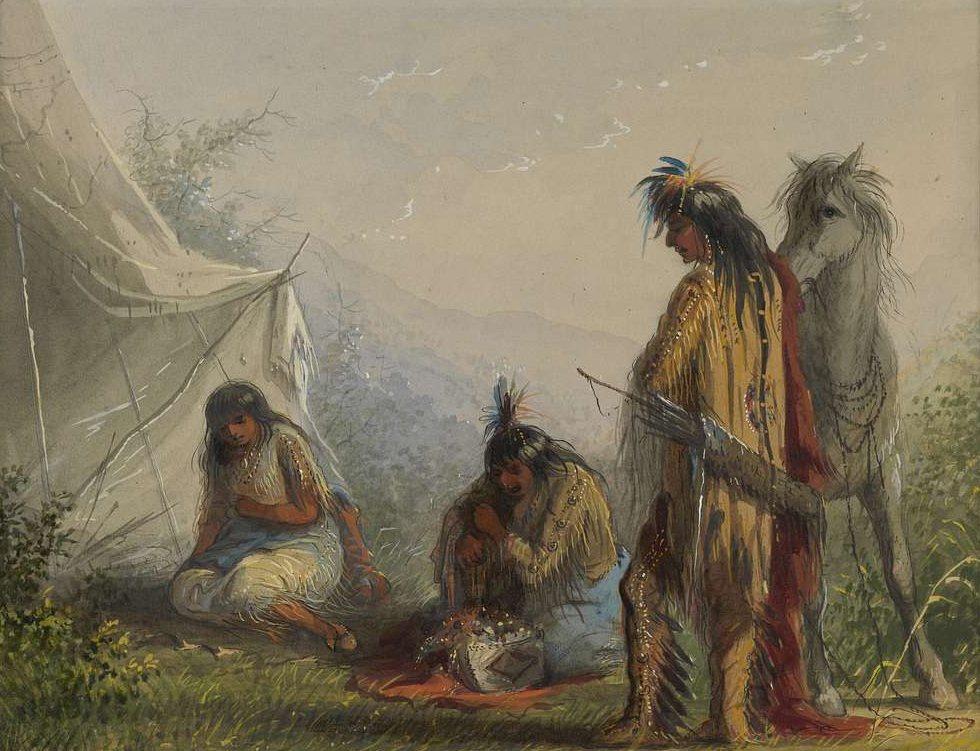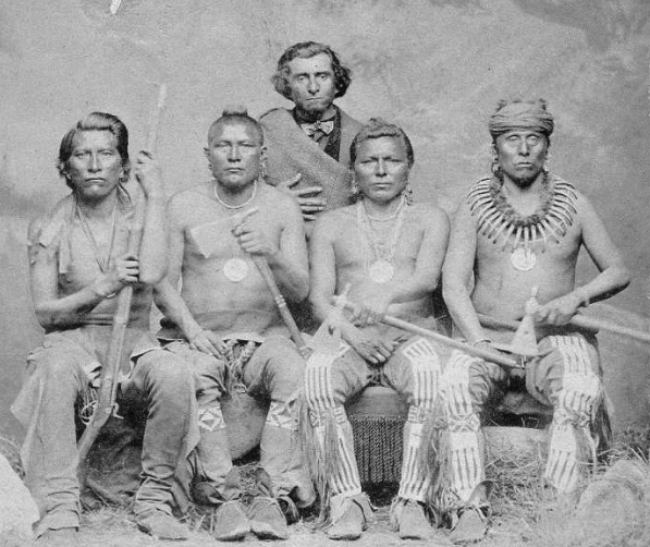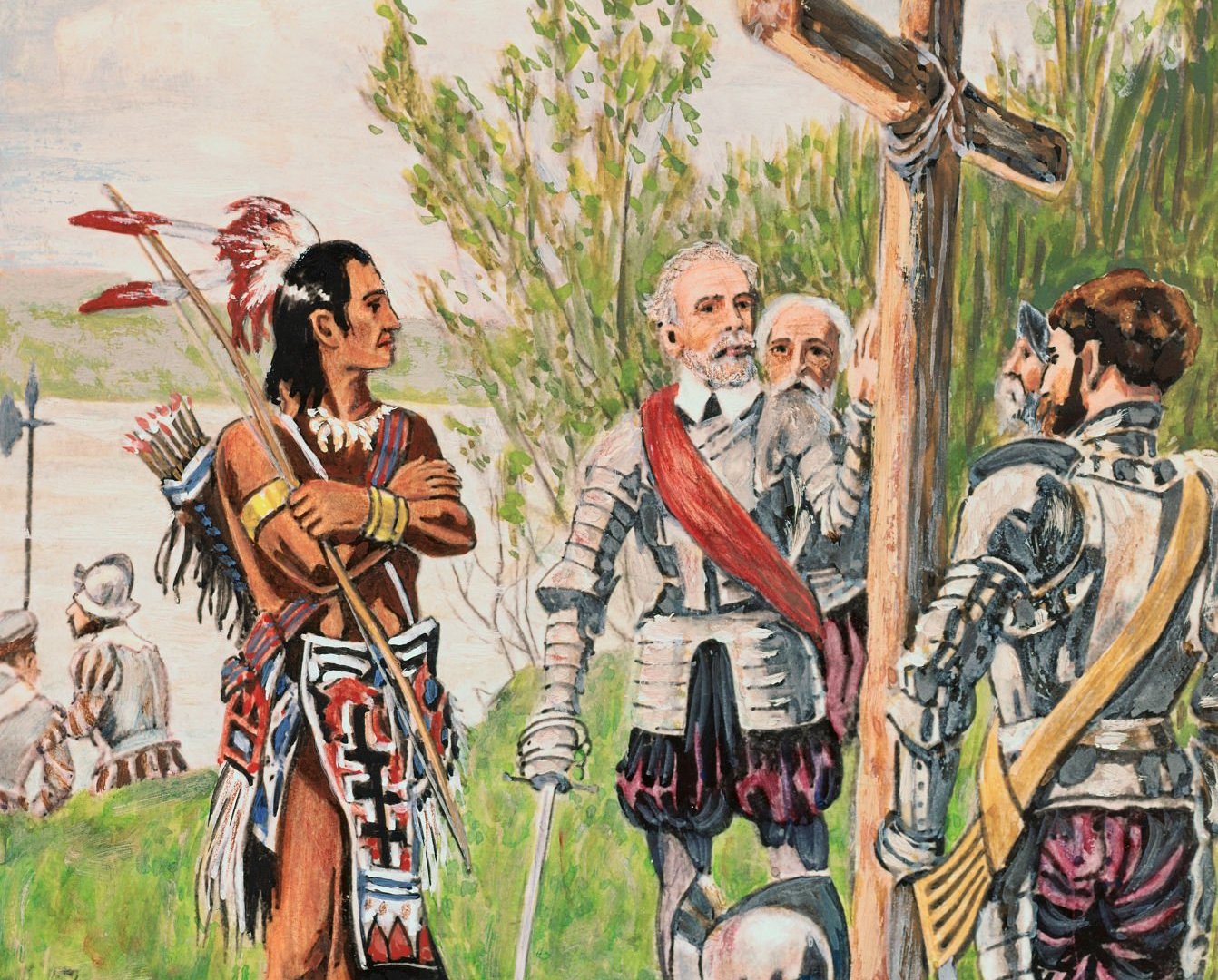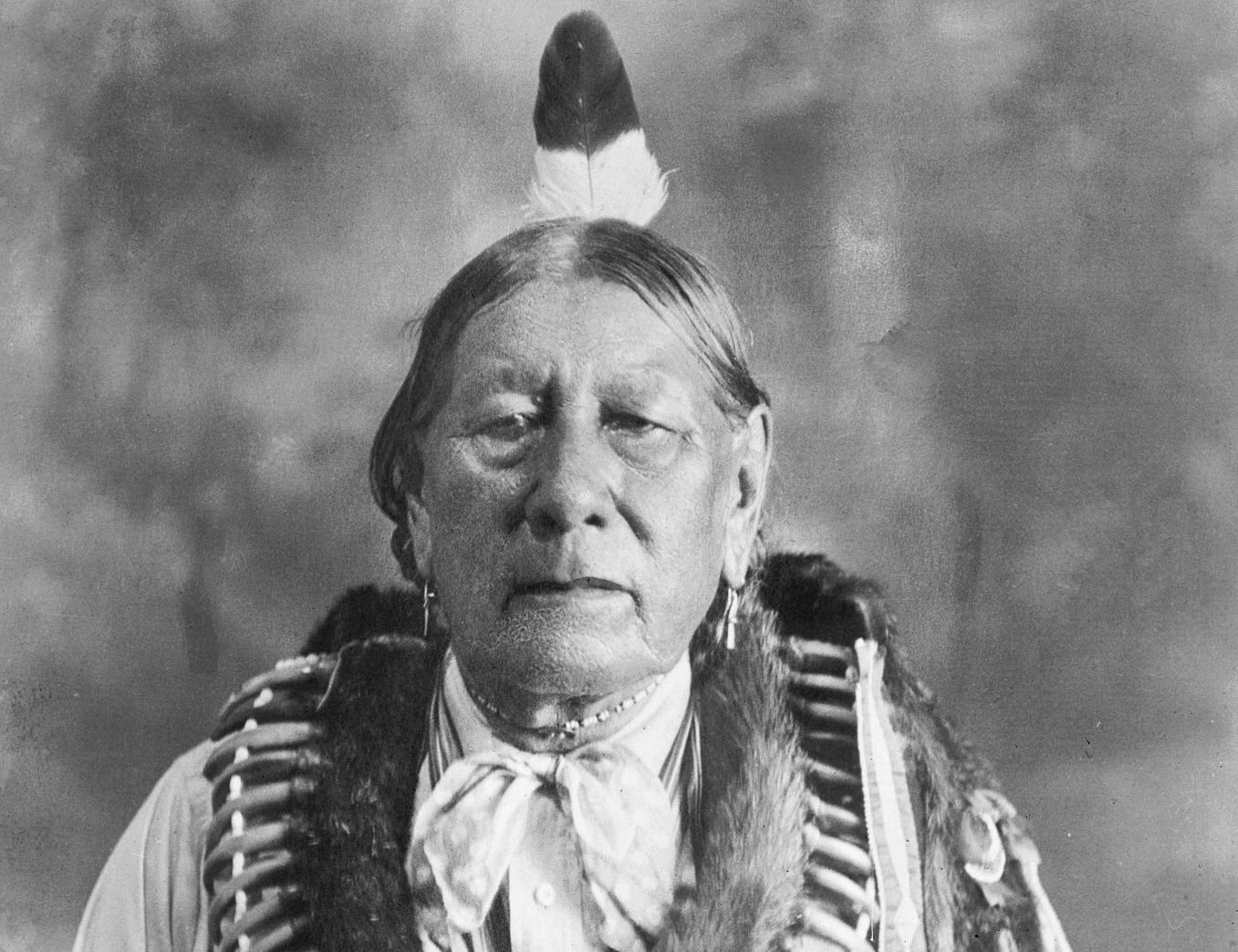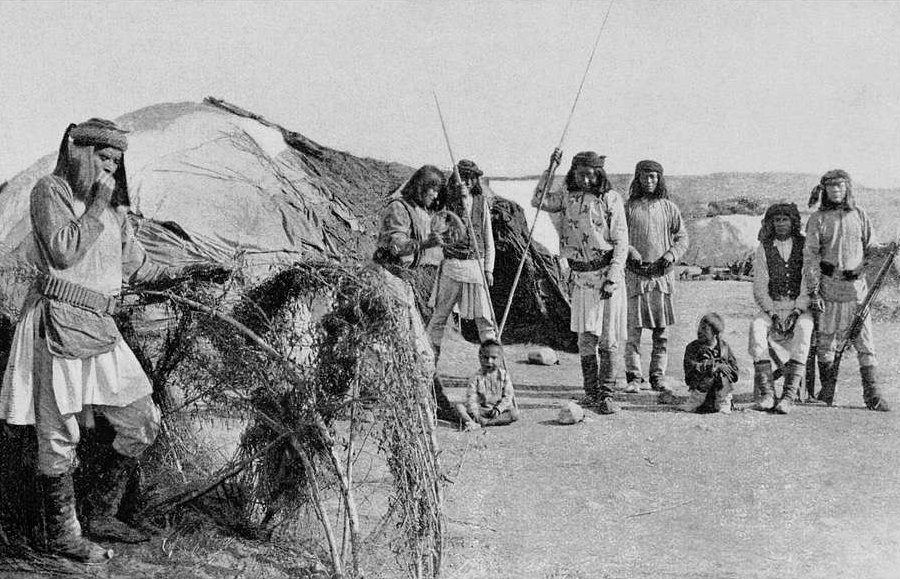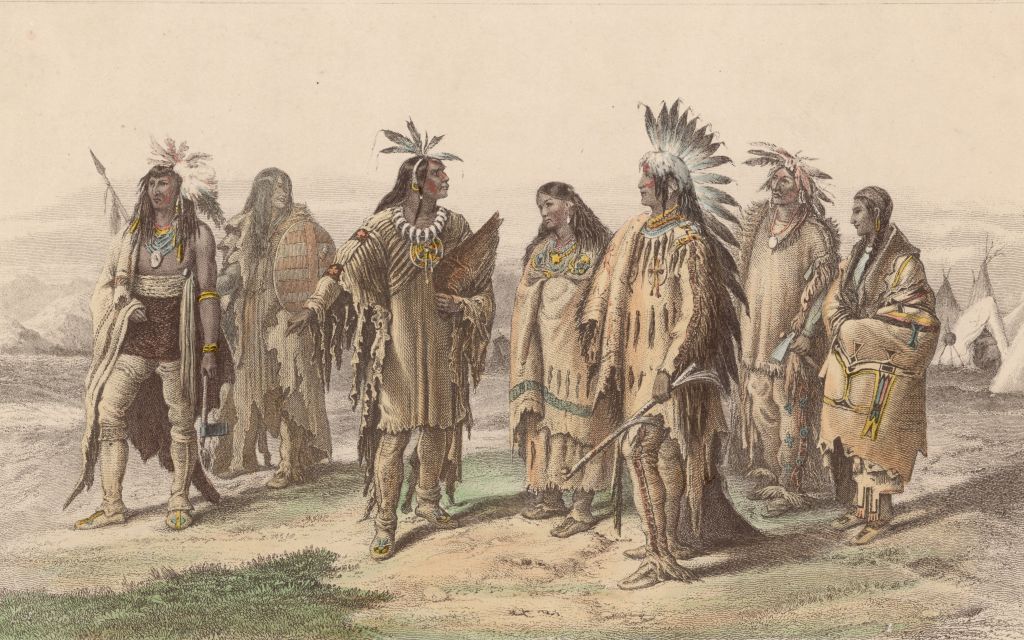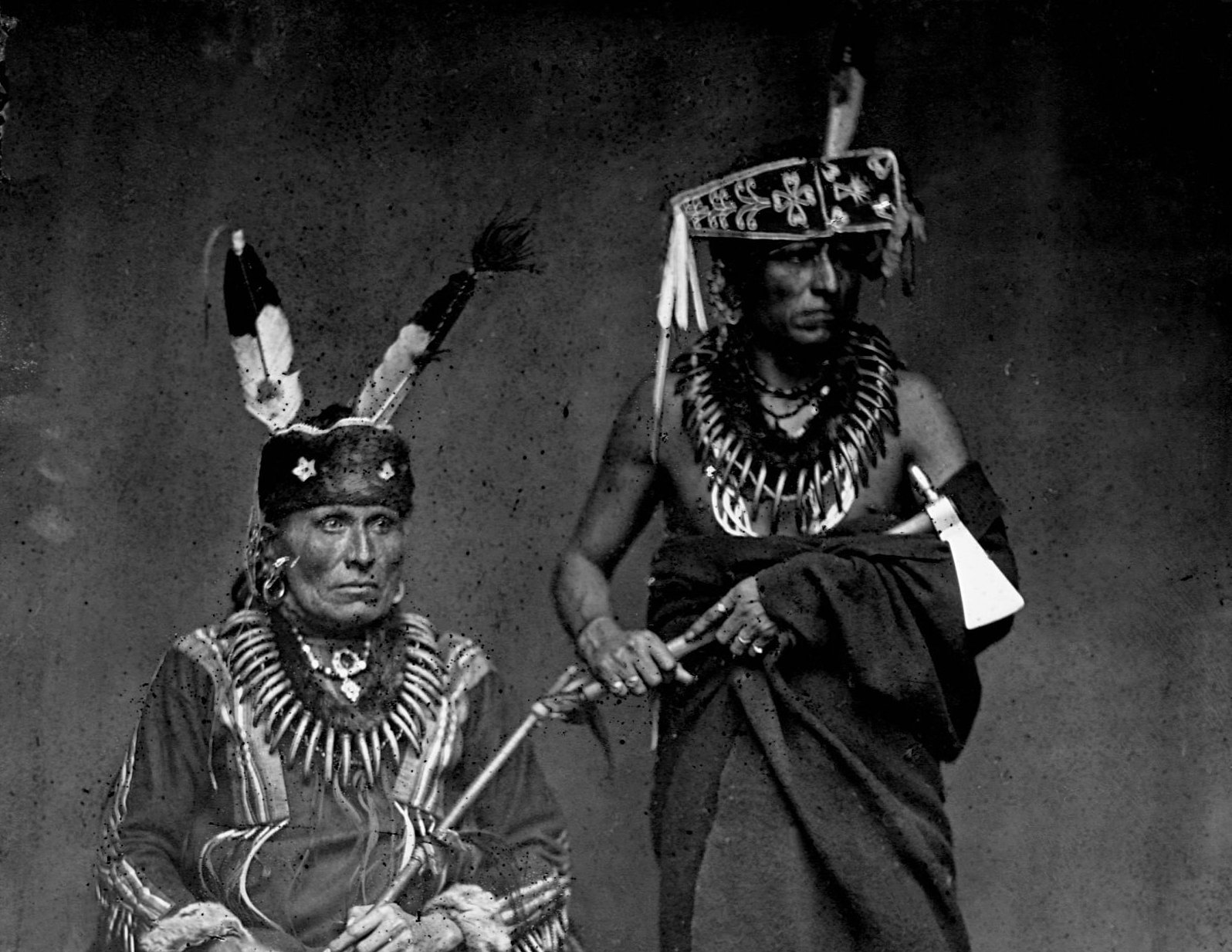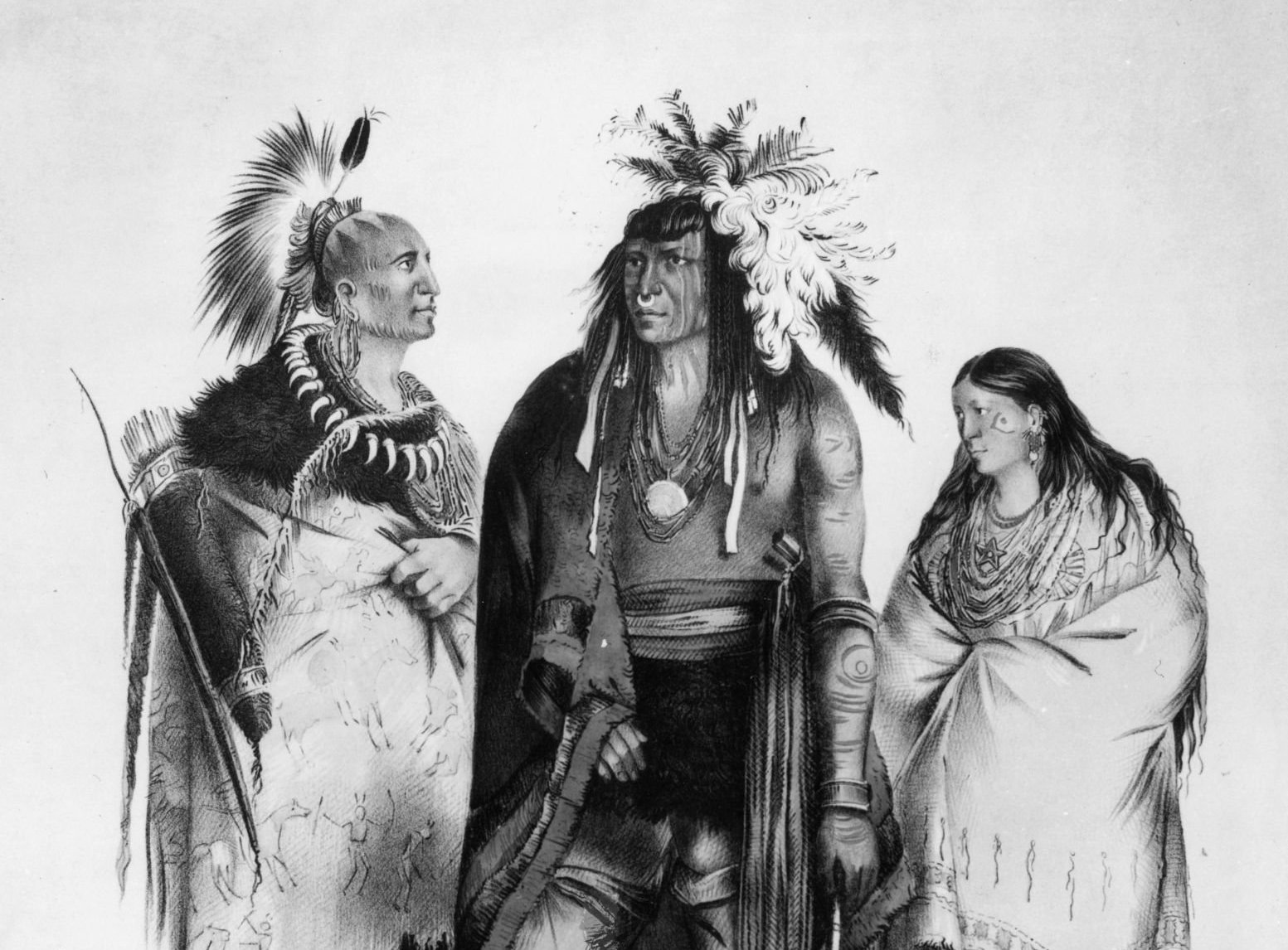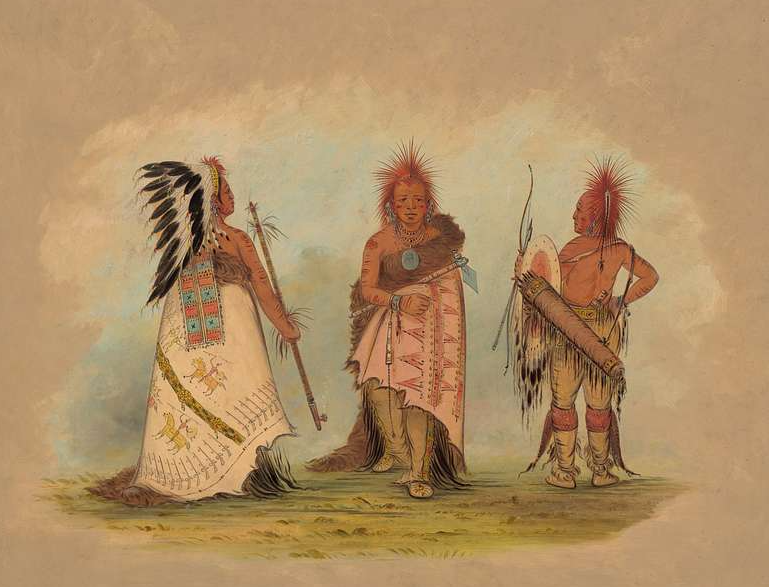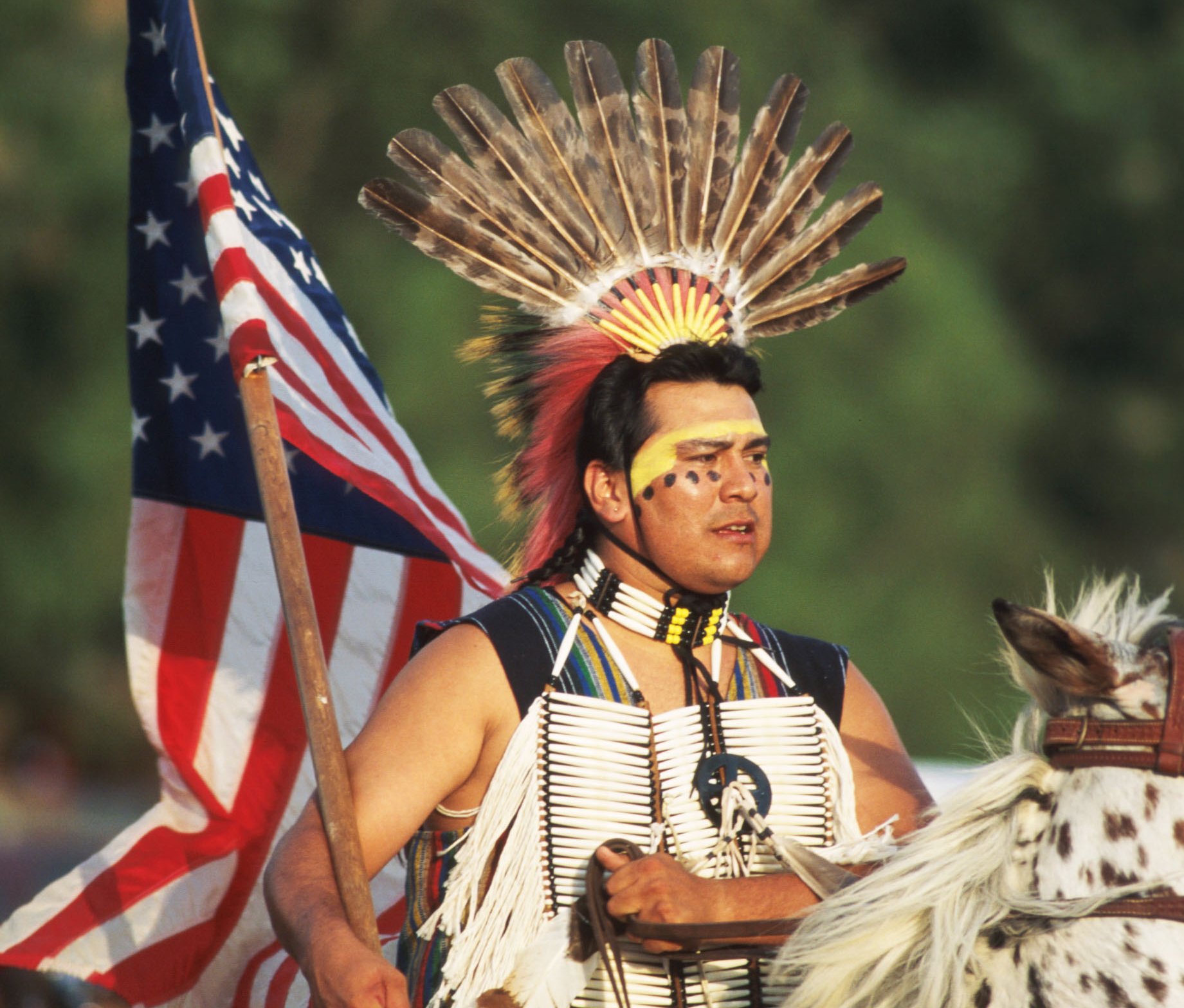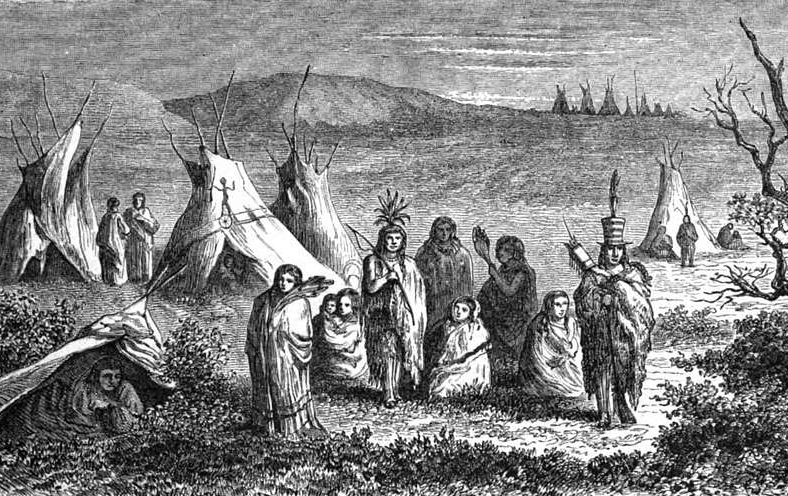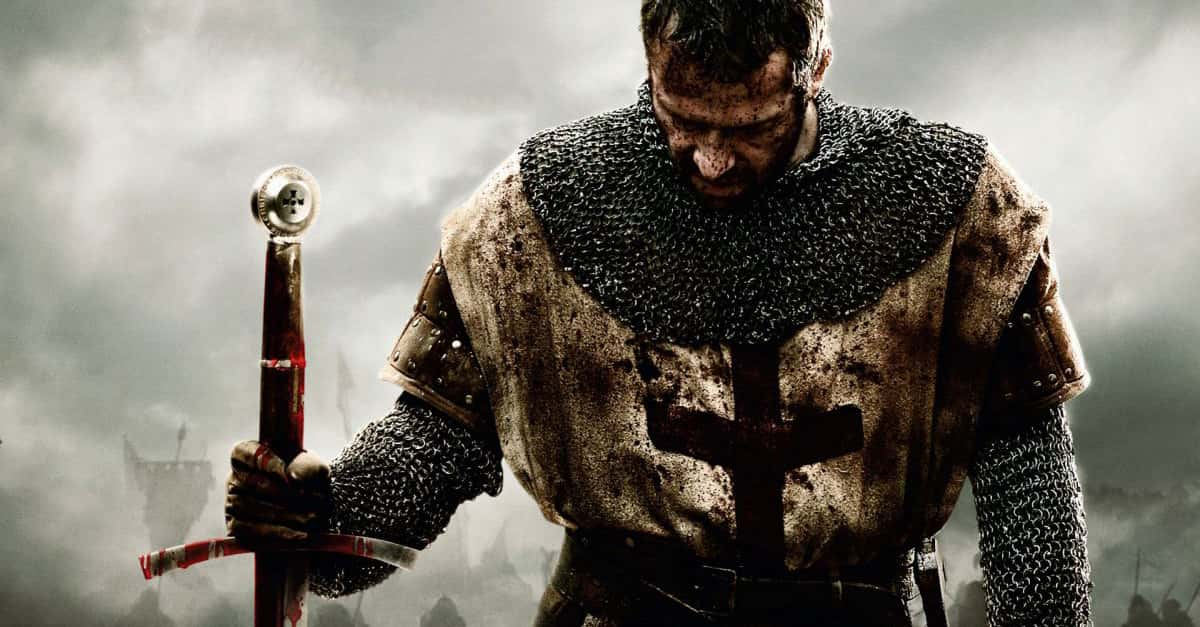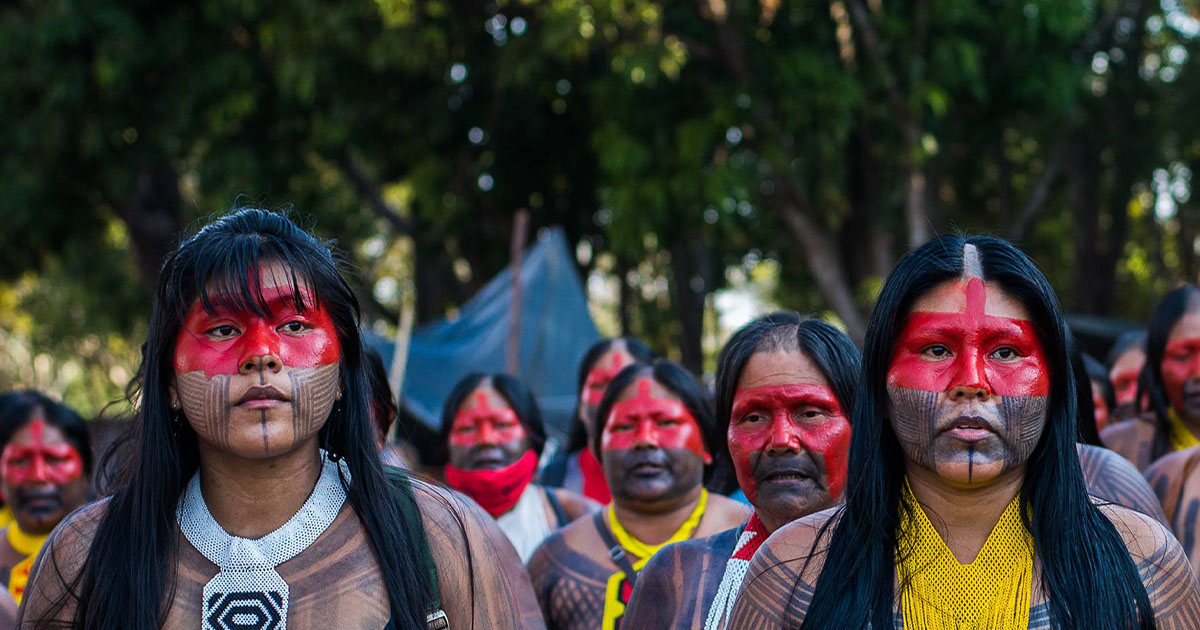How A Great Plains Tribe Was Transplanted From The Prairies To The Desert And Survives Today
The Pawnee are an Indigenous American tribe that began life on the Great Plains of the United States, living in earth lodges near the Platte River in Nebraska. The ancient Pawnee were far more organized than other tribal chiefs of the Great Plains. Let's explore the history of the Pawnee, a tribe that went to great lengths to preserve itself in the face of oppression and violence.
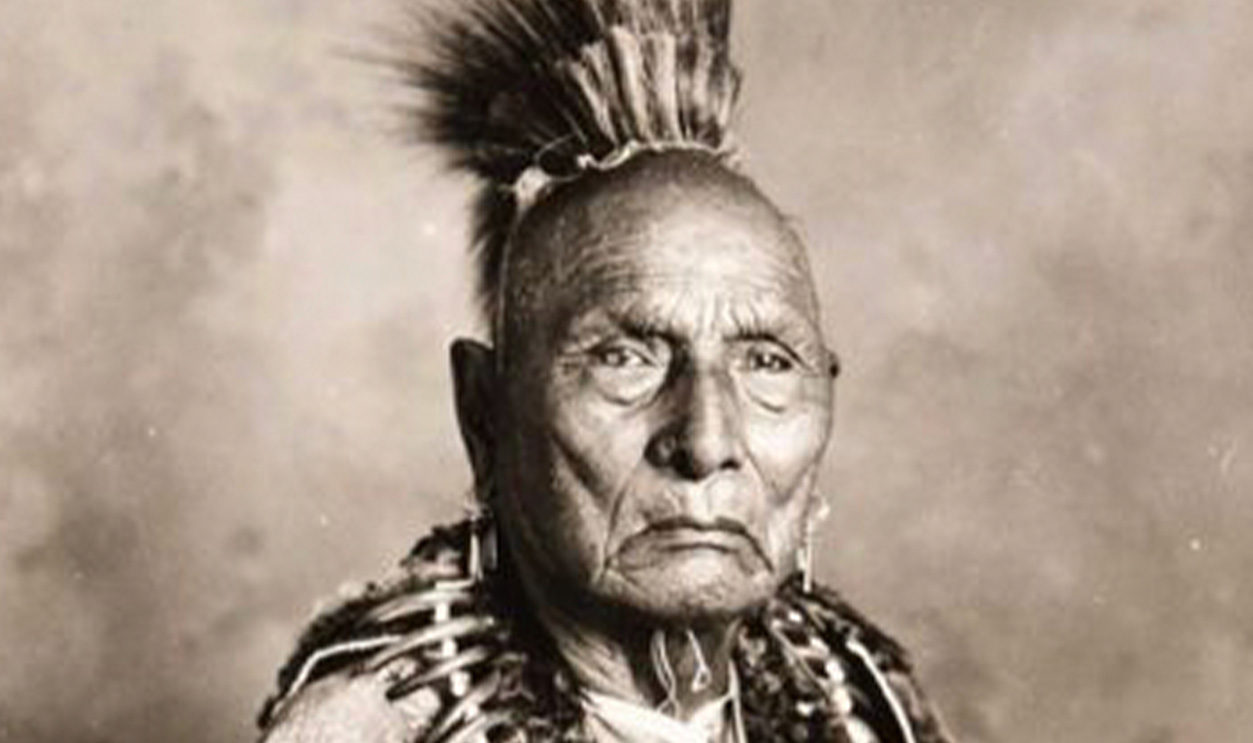
Their Ancestors Spoke An Ancient Language
Although the Pawnee's ancestors have long been lost to the sands of time, historians know that they spoke the Caddoan language, one of the rarest languages in North America, and had a stratified tribal society, with priests and hereditary chiefs. The ancient religion of the Pawnee ancestors is thought to have included cannibalism and human sacrifice.
 Unknown Artist, Wikimedia Commons
Unknown Artist, Wikimedia Commons
Where Did The Pawnee Live?
The Pawnee lived in modern-day Oklahoma and Kansas during European colonization in sprawling villages with dome-shaped earth huts. However, while hunting bison (one of their traditional food sources), they lived in teepees, allowing them to be mobile and move with the bison herds.
 National Archives and Records Administration, Picryl
National Archives and Records Administration, Picryl
What Were The Role Of Pawnee Women?
While Pawnee men were hunter-gatherers, Pawnee women were expert farmers—growing corn in the vast fields of the Midwest, growing vegetables like squash and beans. Pawnee women also created pottery pieces, including intricate colorful vases and bowls.
Pawnee Culture
A little introduction to Pawnee culture. In the beginning, the Pawnee were divided into two large groups, the northern Pawnee, known as the Skidi, and the South Bands. Each larger group was divided into several villages that ran their own affairs.
The Pawnee Religion
Not too dissimilar to other Native American tribes of the era, the Pawnee relied heavily on the night's sky and stars and all of the elements of nature. Pawnee priests conducted rituals using sacred bundles, such as bundles of corn—the best of the harvest.
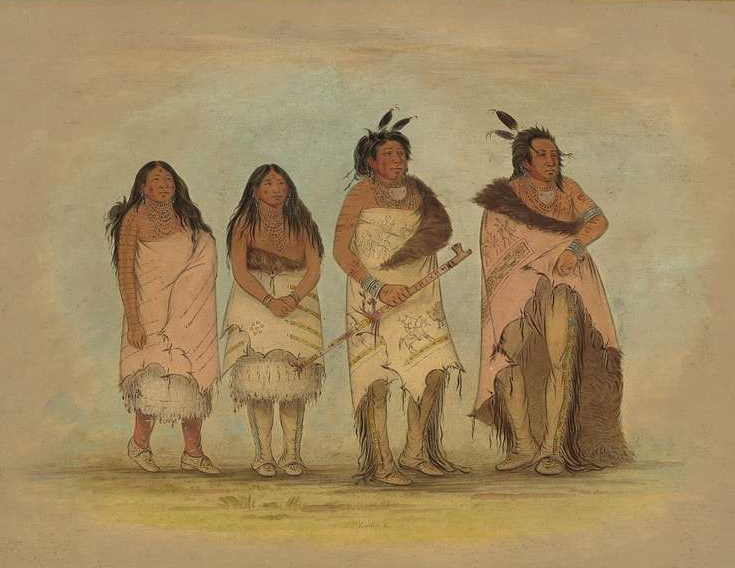 National Gallery of Art, Picryl
National Gallery of Art, Picryl
Morning Star & Evening Star
In particular, the Pawnee's cosmological religious beliefs center around Morning Star and Evening Star, whom they believed gave birth to the first Pawnee woman. Meanwhile, the first Pawnee man was born of a union between the Moon and the Sun, with the Pawnee believing themselves to be the descendants of the stars. They used the cosmos to dictate when and in which direction they would plant crops.
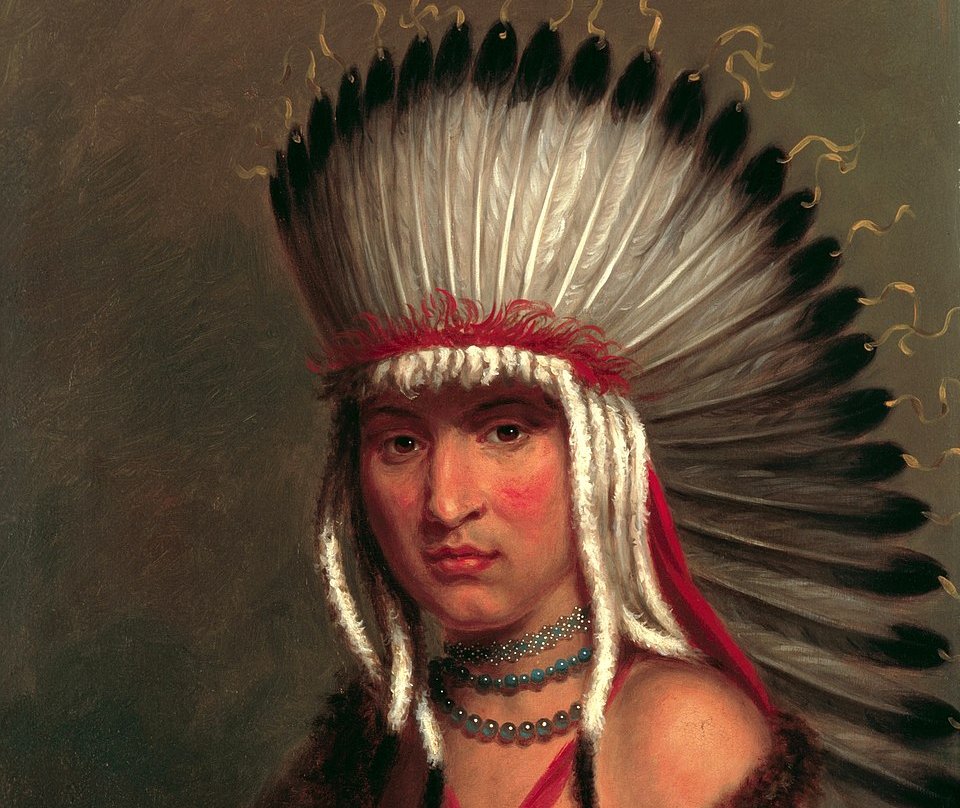 Charles Bird King, Wikimedia Commons
Charles Bird King, Wikimedia Commons
The Pawnee Are Introduced To The Spanish
Spanish conquistador Francisco Coronado first met the Pawnee in 1541, when he recorded the Caddoan language in his entrada—a foray into the land of the Caddoans. After journeying down the Arkansas River, Coronado would befriend Pawnee tribes along the way. Initially greeted with fear and amazement, one of Francisco Coronado's guides spoke Caddoan, allowing for trade to be conducted and a friendship to begin.
 Augusto Ferrer-Dalmau Nieto, CC BY-SA 4.0, Wikimedia Commons
Augusto Ferrer-Dalmau Nieto, CC BY-SA 4.0, Wikimedia Commons
A Short-Lived Alliance With The Spanish
The Pawnee enjoyed a short-lived alliance with the Spanish conquistadors, as the conquistadors searched their various territories for gold, often using violence and skirmish warfare in their quest. They found no gold and instead left a trail of Pawnee bodies in their wake.
The Spanish Leave Behind Weapons And Horses
In 1670, having spent years traversing through Pawnee land, the conquistadors left empty-handed, but left behind two things that the Pawnee hadn't had access to before: metal weaponry, such as firearms—and horses. This put the Pawnee on an equal playing field with other tribes, such as the Apache who already had access to such things for decades.
 Frederic Remington, Wikimedia Commons
Frederic Remington, Wikimedia Commons
Inter-Tribal Warfare Begins
After contesting the Spanish successfully, the Pawnee were unfortunately victims of inter-tribal violence. The biggest threat came from Apache on horseback, who appeared on the Great Plains in the late 17th century, alongside four other Indigenous tribes, including the Kansas, Qupaws, and even the Iroquois, who had spent the last half-century pushing tribes at the center of the US further westward—toward the Pawnee.
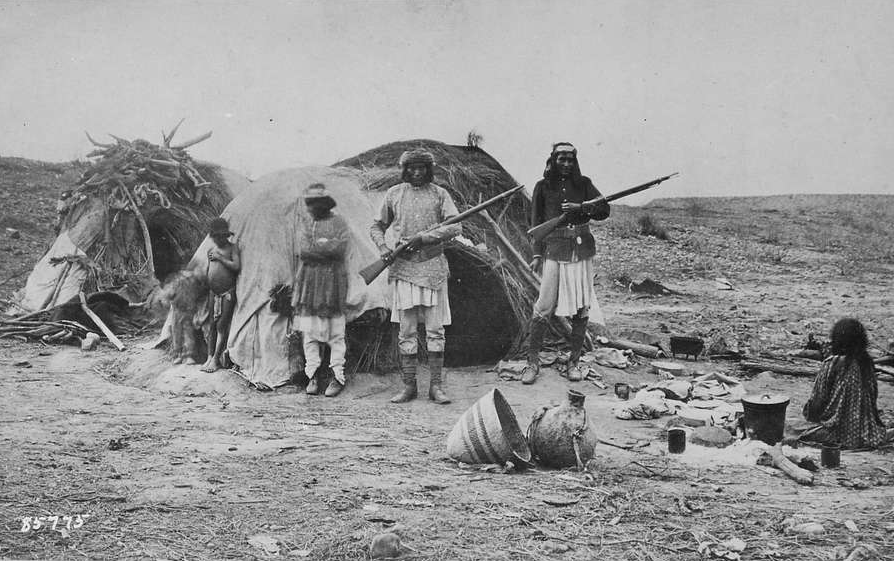 National Archives and Records Administration, Picryl
National Archives and Records Administration, Picryl
Taken As Enslaved People By French Canadians
After an intense period of inter-tribal warfare, vast numbers of Pawnee were unsettled and wound up as enslaved persons, taken by French Canadians back to the east coast of Canada—as far east as Montreal. The name "Panis" became commonplace for a Native American slave in that part of Canada. Researchers believe this was an anglicized version of "Pawnee".
The Pawnee Weren't Just Enslaved By The French
Tragically, the latter half of the 17th century saw the Pawnee enslaved by their own Indigenous brothers and sisters, namely taken south into New Mexico by Apaches in 1694. The slaves—mostly Pawnee women and children—were traded to the Spanish and Pueblos, a Mexican Indigenous tribe.
History Compares Pawnee Enslavement To African Enslavement In The US
Such was the scope and scale of Pawnee enslavement in Eastern Canada as "Panis," that a French military officer and explorer, Louis Antoine de Bougainville, posited that the Panis nation "played the same role in America that [African Americans] do in Europe". Similarly, historian Marcel Trudel documented 2,000 Pawnee slaves lived in Canada until 1833, when slavery was abolished in the colony.
 Joseph Ducreux, Wikimedia Commons
Joseph Ducreux, Wikimedia Commons
The Pawnee Level The Playing Field Against The Apache
Despite spending much of the late 17th century as slaves, the Pawnee would begin the 18th century with new weapons and horses, brought to them by Jean-Baptiste de la Harpe, acquired in trades with the French. They would begin attacking Apache encampments in the early 18th century, carrying off their women and children. Turnabout was fair play, apparently.
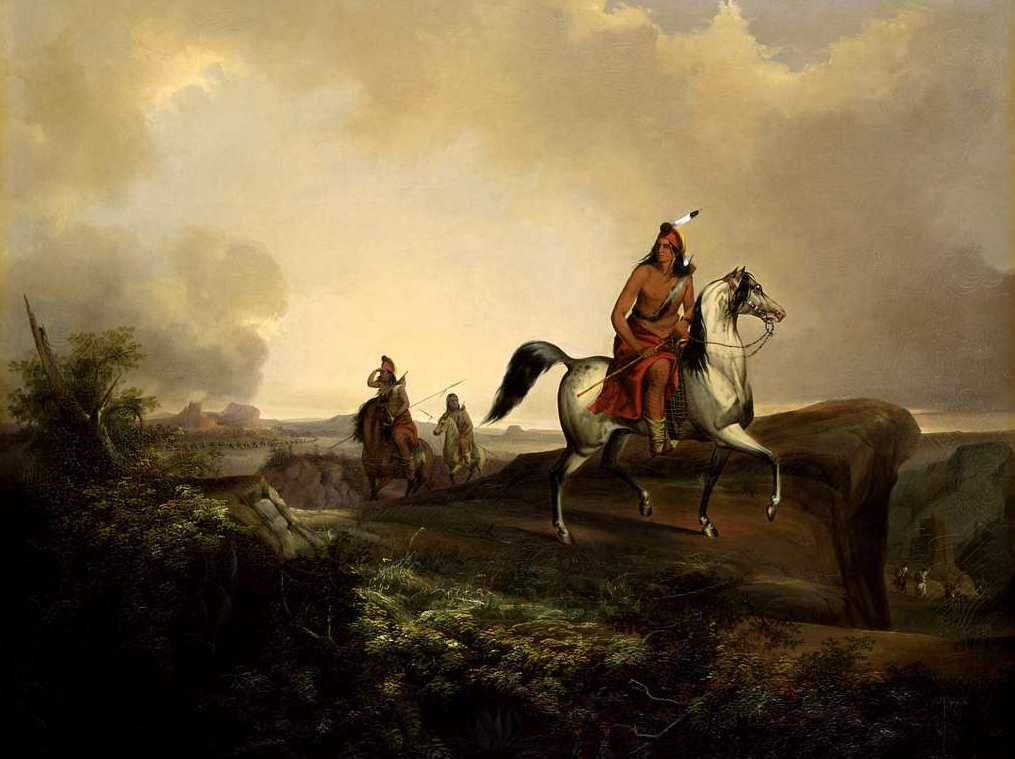 Smithsonian Institution, Picryl
Smithsonian Institution, Picryl
The Villasur Expedition Of 1720
Seeing that the French had been cozying up to the Pawnee, the Spanish were unhappy at not getting their fair share of the trade potential with the Native American tribe. They sent a Spanish military expedition to the Great Plains, guided by the Pawnee's old enemy: the Apache.
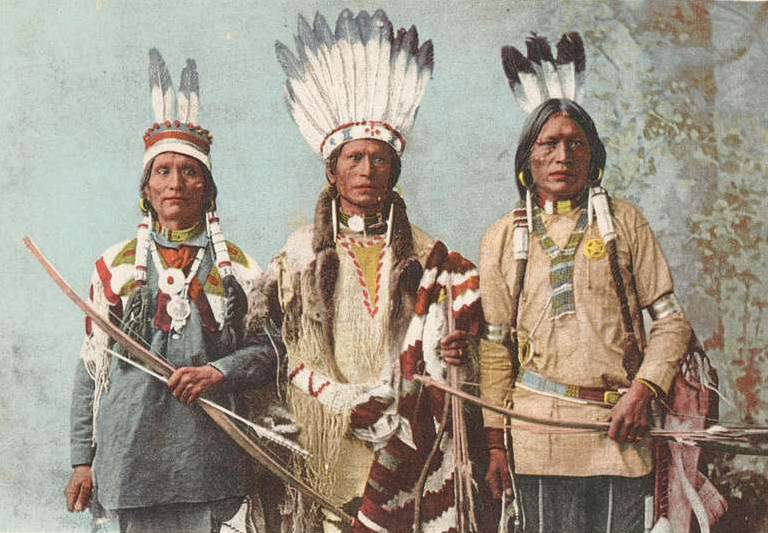 New York Public Library, Picryl
New York Public Library, Picryl
Villasur's Pawnee Goes AWOL
Pedro de Villasur was an experienced military officer. Unfortunately, he didn't think through the plan of sending the party's single Pawnee slave back to the Pawnee to bring a message of parlay. The slave absconded almost immediately, never to return to the Spanish camp. Think Dobby getting Lucius Malfoy's sock.
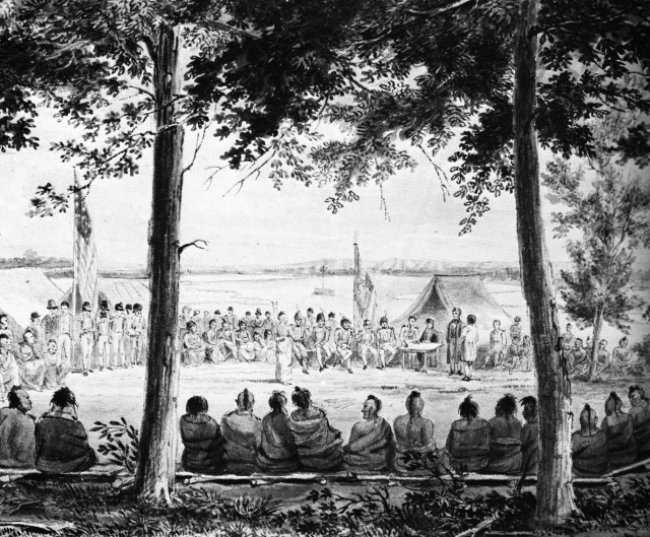 Unknown Artist, Wikimedia Commons
Unknown Artist, Wikimedia Commons
A Dawn Raid By The Pawnee Kills Villasur
Armed with muskets and bows and arrows—and all the intelligence from the former slave—the Pawnee launched a dawn raid against the Spanish, taking the life of Pedro de Villasur and 45 other Spaniards, along with11 Pueblos who had allied themselves with the Spanish.
Inter-Tribal Warfare Reignites In Shocking Fashion
For the next several years after the death of Villasur, the Pawnee warred repeatedly with other Native American tribes, including the Apache. Apparently, the hatred between the two groups was so ingrained that they routinely practiced cannibalism on each other's deceased.
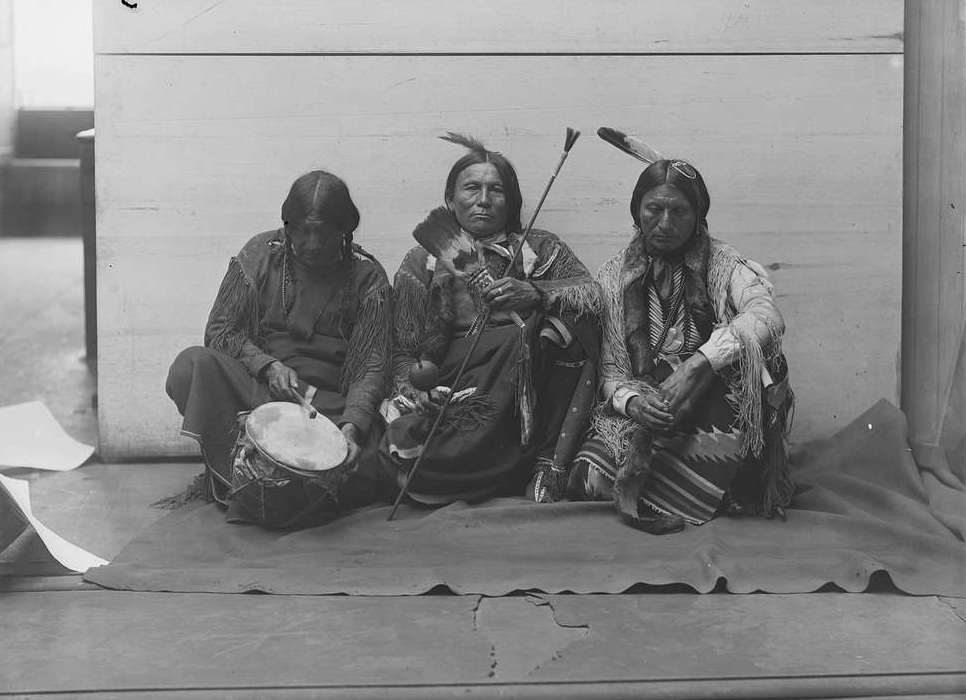 U.S. National Archives and Records Administration, Picryl
U.S. National Archives and Records Administration, Picryl
The French Attempt To Broker Inter-Tribal Peace
In 1724, after inter-tribal warfare began damaging French attempts to negotiate trade with the various Indigenous tribes at war with the Pawnee, the French sent Étienne de Veniard, a French nobleman, to broker a peace between the warring Pawnee and the Apache. Étienne de Veniard's attempts were unsuccessful and the French retreated from trading in the Central United States.
 Ernest L. Blumenschein, Wikimedia Commons
Ernest L. Blumenschein, Wikimedia Commons
The Skidi Pawnee's Smallpox Plagues Throughout The 18th Century
The Skidi were one band of Pawnee within the larger Pawnee Nation, residing in modern-day Nebraska, in the north of the Pawnee's sprawling territory. The Skidi were visited by the Mallet brothers, Pierre Antoine and Paul Mallet—the first French Canadian voyagers to cross the Great Plains from east to west. Whilst there, the Mallet brothers observed that many Skidi Pawnee were sick. A smallpox epidemic gripped the entire Pawnee Nation from 1725 till 1800, reducing their villages from eight to a shocking one village.
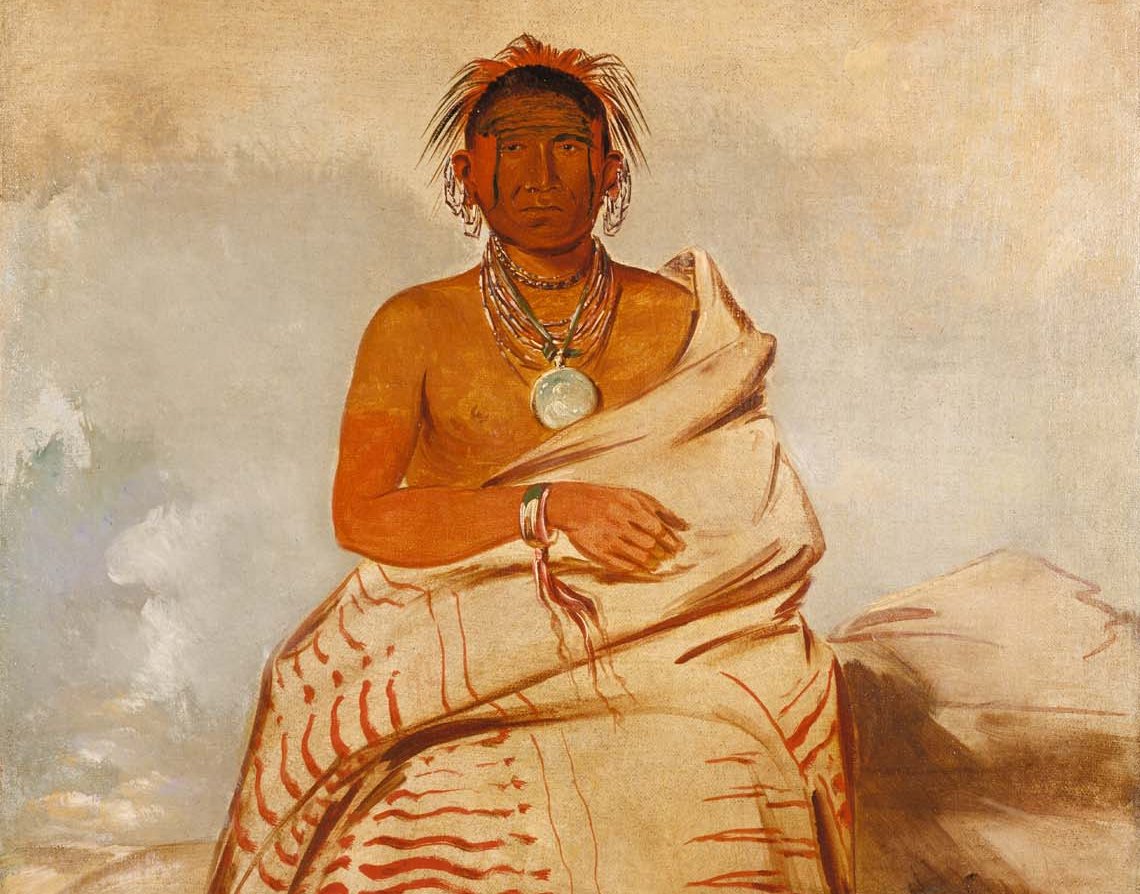 George Catlin, Wikimedia Commons
George Catlin, Wikimedia Commons
Establishing Relations With The United States Government
In 1833, the Pawnee signed a peace treaty with the United States, known as the Pawnee Treaty of 1833. They relinquished their weapons and their right to expand territory by warfare, agreeing to take up new lives as peasant farmers, leaving the tribal warfare behind them.
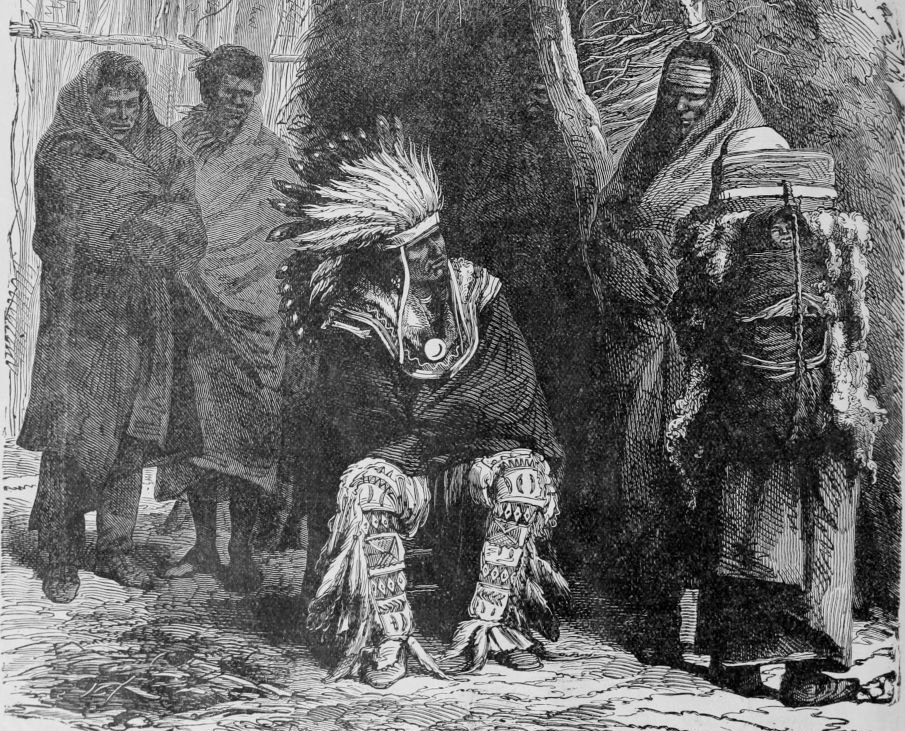 Smith Collection/Gado, Getty Images
Smith Collection/Gado, Getty Images
They Signed Away Their Territory & Were Forcibly Removed From Their Homes
They ceded all territory south of the Platte River, in exchange for annuities from the government and educational support. They, along with hundreds of thousands of other Native American tribes would be forcibly moved to "Indian Territory" during this wave of displacement.
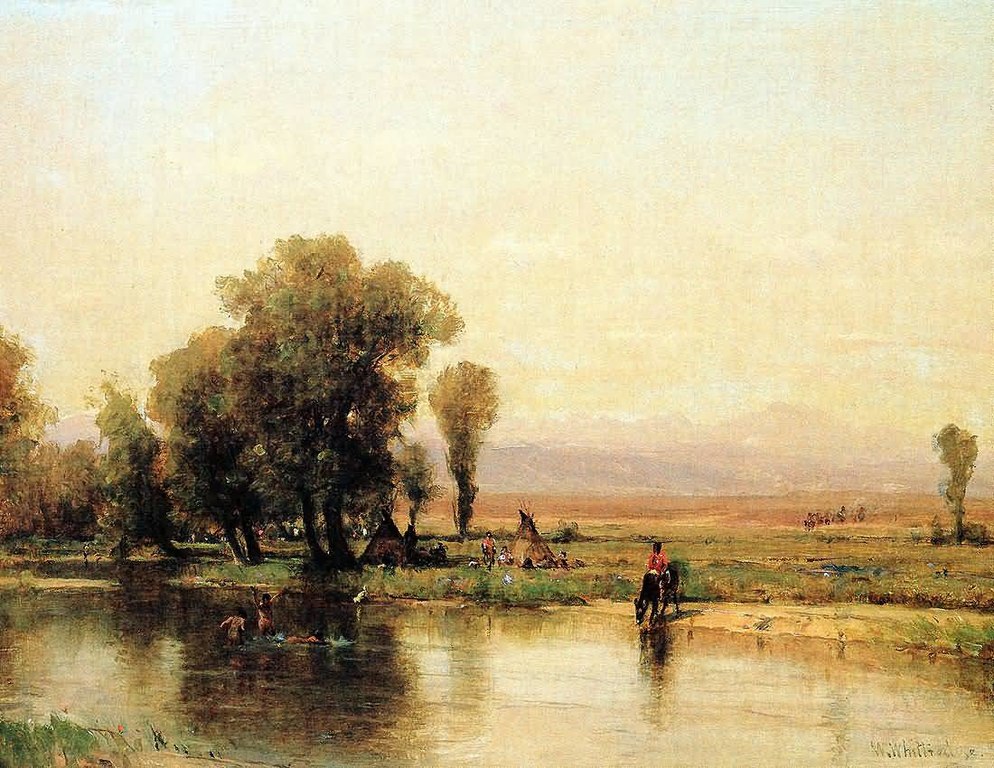 Worthington Whittredge, Wikimedia Commons
Worthington Whittredge, Wikimedia Commons
Defenseless Pawnee Under Siege From The Sioux
The now-defenseless Pawnee were under constant siege for almost 40 years by the Sioux, who's hatred for the Pawnee had not relented from the centuries of wars between the tribes. In the 1830s, the Pawnee had a population of about 12,000, but by 1859, there were just 3,400 left.
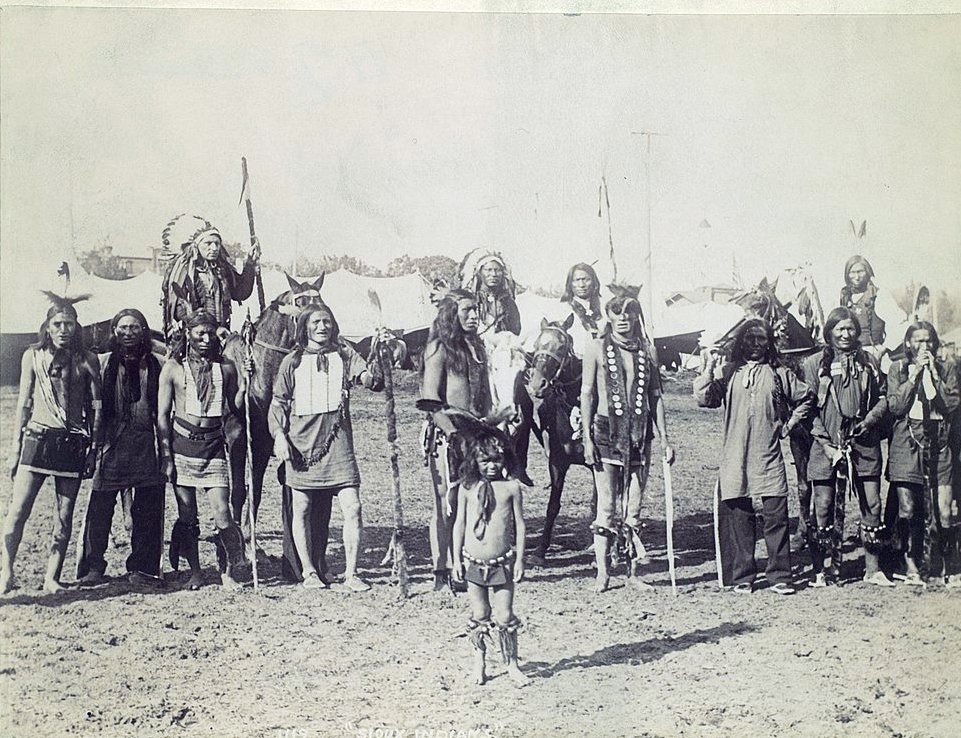 Metropolitan Museum of Art, CC0, Wikimedia Commons
Metropolitan Museum of Art, CC0, Wikimedia Commons
Signing Up To Fight For The US Government
During the latter half of the 19th century, the United States Government waged a war against various groups of Native Americans, including the Sioux and Cheyenne. A special battalion of men were recruited from the Pawnee, known as Pawnee Scouts. Recruited for their knowledge of the terrain and because of their hatred of the US Government's opposition, thanks to centuries of inter-tribal warfare, the Pawnee Scouts played a key role in the American-Indian Wars of the latter 19th century.
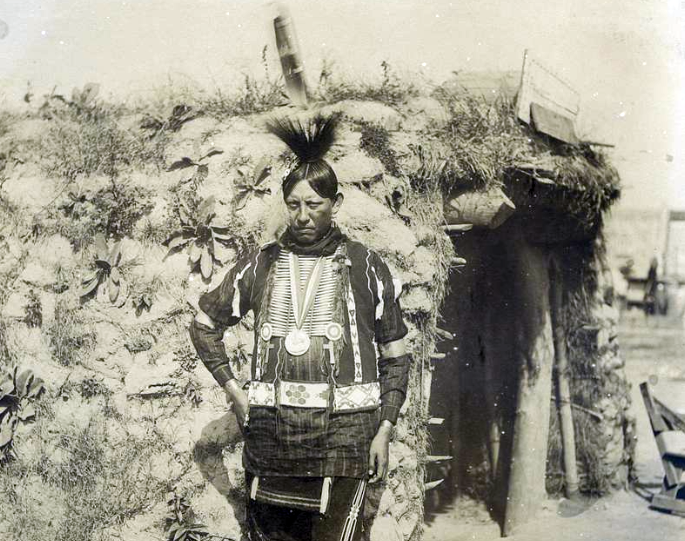 Missouri History Museum, Picryl
Missouri History Museum, Picryl
The Powder River Expedition
The Powder River Expedition of 1865 was the first test for the newly-recruited 170 Pawnee Scouts, wherein they faced off against the Lakota Sioux, Cheyenne, and Apache—all tribes with whom the Pawnee had a bloody and brutal history. In the month of August 1865, the Powder River Expedition saw the Pawnee take direct part in military action that killed hundreds of their fellow Indigenous tribespeople.
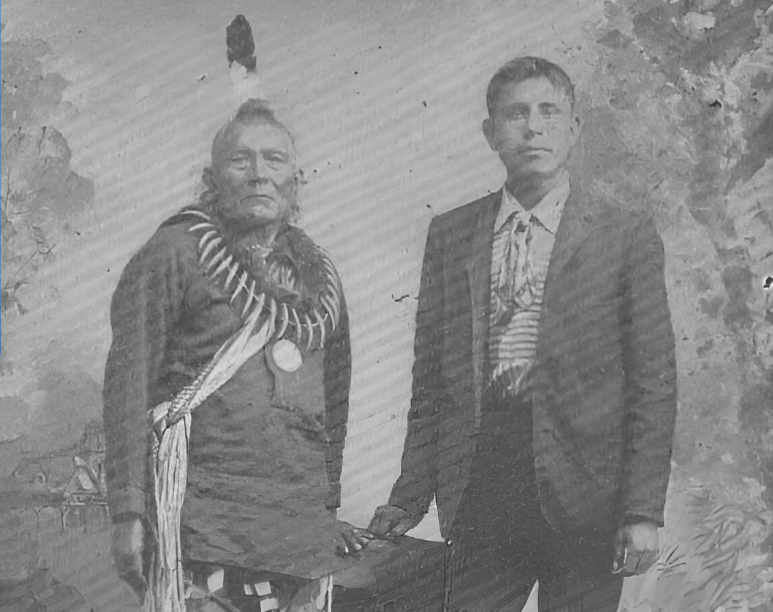 Unknown Artist, Wikimedia Commons
Unknown Artist, Wikimedia Commons
The Pawnee Battalion Fights In The Cheyenne War
In 1866, 200 Pawnee Scouts were assigned to protect the Union Pacific Railroad, successfully fighting off the Northern Cheyenne multiple times over the next four years of skirmishes and battles. On July 11, 1870, the Pawnee and American Army numbered 300, fighting against a force of 450 to 900 Cheyenne warriors. The Pawnee and the United States Army emerged victorious against huge odds, further cementing the Pawnee's place as a spectacular fighting force.
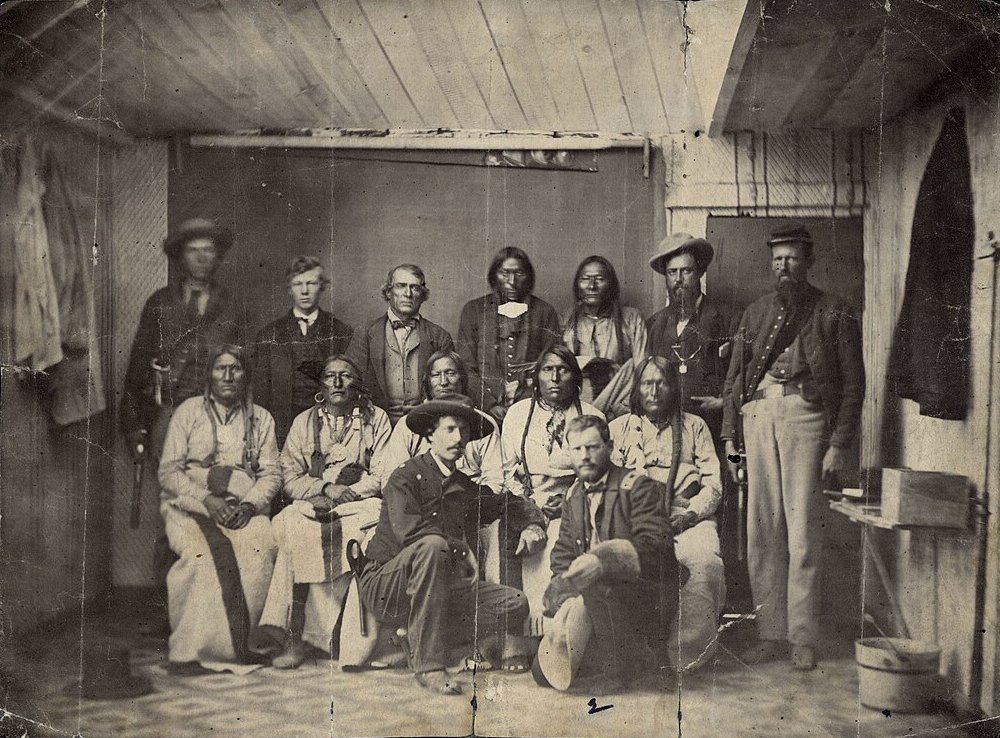 Unknow Artist, Wikimedia Commons
Unknow Artist, Wikimedia Commons
The Great Sioux War: The Final Fight Of The Pawnee
After being disbanded after the conclusion of the Cheyenne War, the Pawnee Battalion was once again recruited to fight against the Sioux (no love lost there) in the Great Sioux War of 1876. A year later, following a few small-scale raids, the Pawnee would take part in Custer's Last Stand—capturing Sioux chiefs Sitting Bull and Red Cloud. The Sioux surrendered on May 1, 1877, ending the need for Pawnee Scouts.
 David F. Barry, Bismarck, Wikimedia Commons
David F. Barry, Bismarck, Wikimedia Commons
Relocation To Indian Territory And Restructuring Of Land Ownership
Despite their bravery in fighting for the government against their fellow Indigenous tribespeople, the Pawnee were still forced to relocate to "Indian Territory" in Oklahoma in 1874 and again in 1875, as social ills like alcohol made life difficult for the Pawnee. In 1892, while in Indian Territory, the US Government forced the Pawnee to sign onto the Cherokee Commission, which restructured their land into individual allotments, rather than the large communal areas of old.
The Pawnee Nation Is Dissolved In 1906
In 1906, the United States government effectively dissolved the Pawnee Nation in preparation to make Oklahoma one of its states. They dismantled the tribal government and civic institutions, offering only reorganization some 30 years later.
The Pawnee Sue The United States For Damages
Along with many other Native American tribes in the 1960s, the Pawnee Nation sued the US Government for damages related to compensation (or lack thereof) for lands ceded one century prior. The Government settled the suit out of court (as it did with most of these types of cases), awarding the Pawnee $7.3 million.
The Pawnee Finally Regain Tribal Status & Sovereignty
In 1975, the US Congress passed the Indian Self-Determination And Educational Assistance Act, which allowed the Pawnee Nation (among others) more rights to self-governance and renewed their tribal status. They were also allowed to return to their traditional lands (some 350 miles away from their current home) to take part in powwows.
 Alfred Jacob Miller, Wikimedia Commons
Alfred Jacob Miller, Wikimedia Commons
The Pawnee Today
Today, the Pawnee have recognized tribal status in Oklahoma and have more than 3,200 registered Pawnee band members. Although their original language has long-since been eroded, there are fewer than 10 speakers of Pawnee and associated Caddoan languages today. The Pawnee currently reside almost exclusively in Pawnee, Oklahoma.
The Morningstar Ritual
Remember when we talked about the Pawnee's belief in Morning Star and Evening Star? Well, that belief was taken one step further by the Skidi Pawnee from the early 19th century until 1838, when the last ritual was reported. This ritual involved human sacrifice, as a young girl from the tribe, or those captured from an enemy tribe was sacrificed to their Morning Star God to ensure a bountiful harvest for the year.
You May Also Like:
The Abenaki People Of North America


